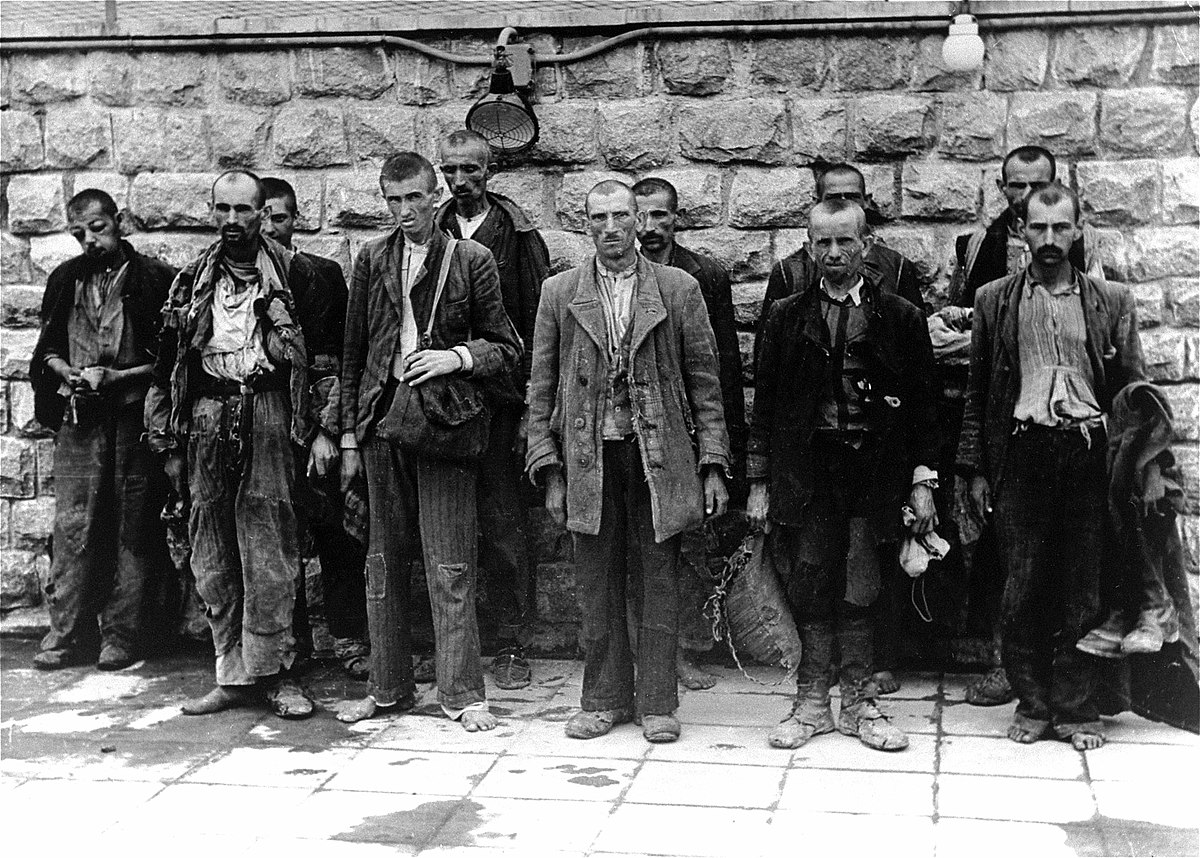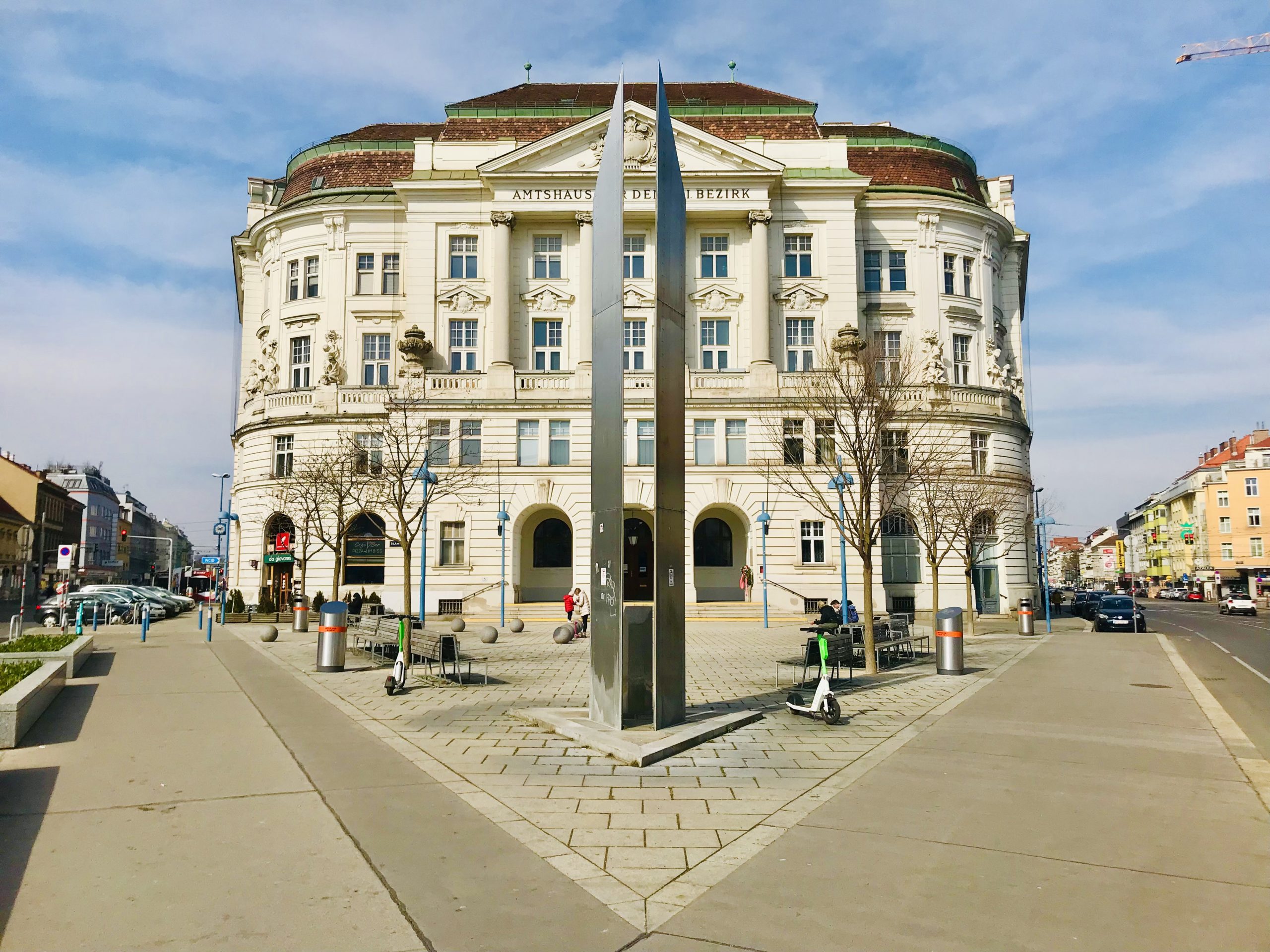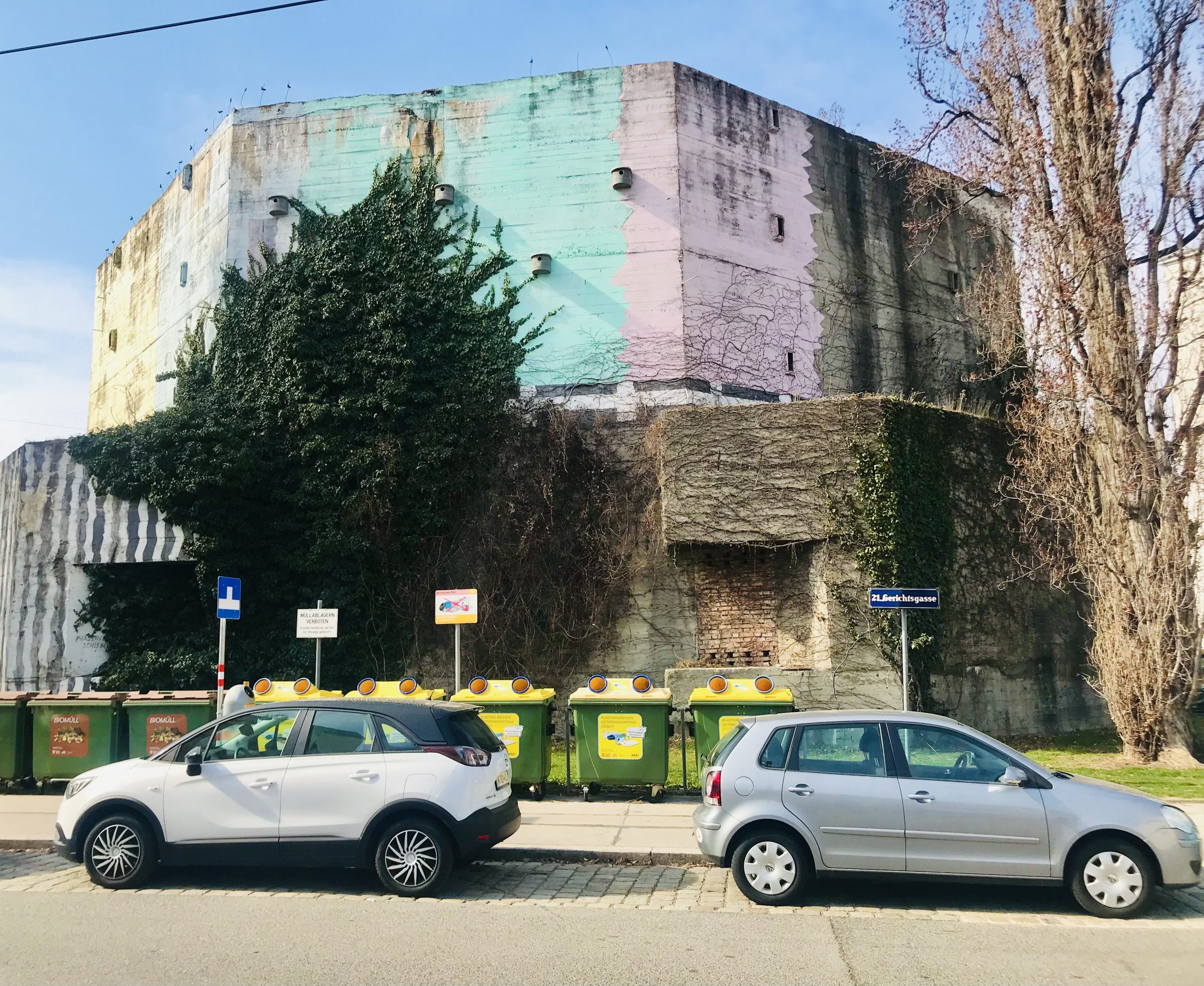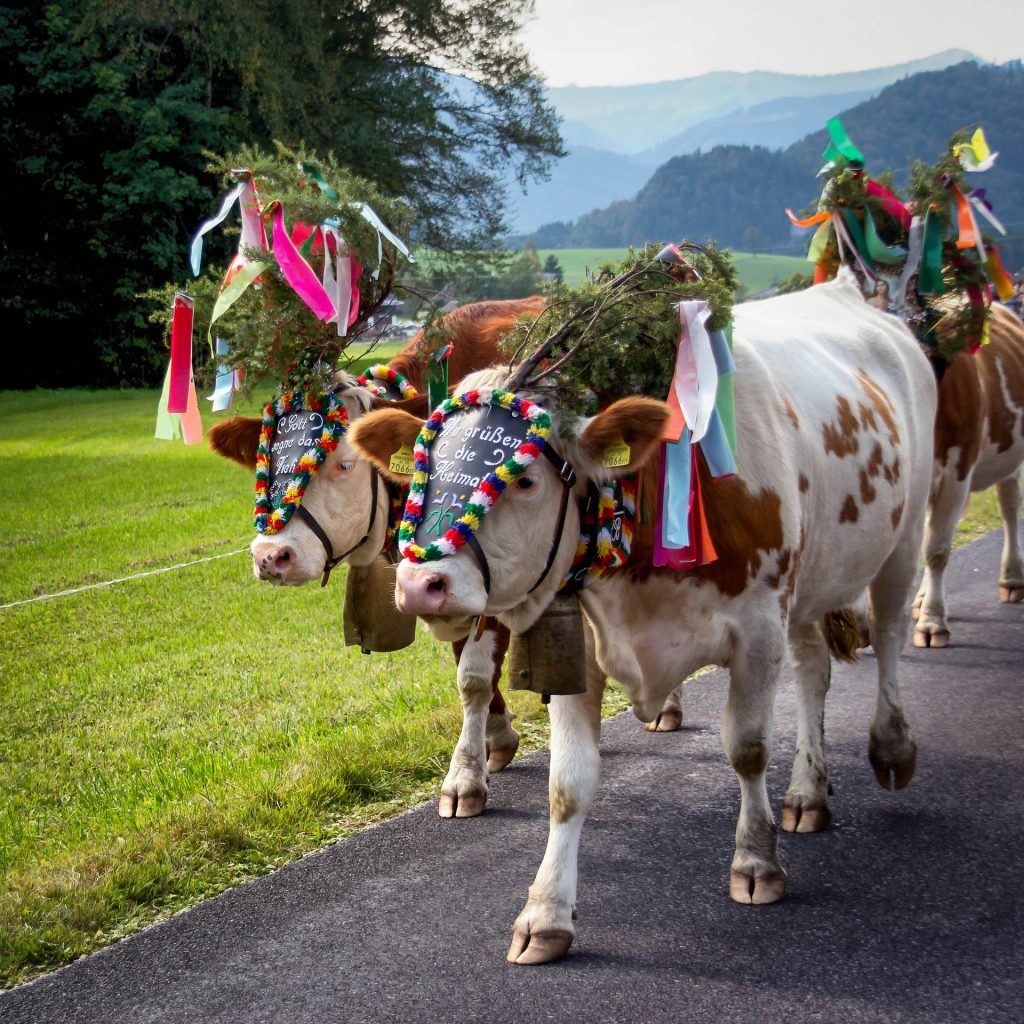
ALMABTRIEB IS A ONCE A YEAR ALPINE TRADITION IN A GORGEOUS VILLAGE SETTING
Table of Contents
It’s a tradition you must experience at least once in your lifetime. The Alpine cattle drive, locally known as Almabtrieb or “drive from the mountain pasture,” is a permanent fixture in the Salzburger and Tirolean regions of Austria. Every year, during the months of September and October, farmers drive their cattle from the high mountain pastures back to their barn stalls in the valleys. However, don’t be fooled with the run of the mill term “cattle drive.” Almabtrieb is an all-out party and really more of a homecoming celebration.
Early in the morning on cattle drive day, the cows s are festooned with magnificent bells and headgear, including garland, fresh flowers, and ribbon. They then make their way from the pastures in an elaborate procession down to the valley where the cattle are then reunited with their owners. Their traditional headdress is a symbol of thanks for an incident-free summer on the alpine pasture while the clanging of the cowbells is essential in order to ward off the evil demons in their Almabtrieb procession into the village.
In the villages, the farmers, families and their helpers, along with curious bystanders, await the arrival of the returning cattle by celebrating with culinary delights, traditional music, entertainment, and local products. Incidentally, the cows are adorned in black if the season was fraught with tragedy. If you are seeking something incredibly cultural and unique to experience, then read on!
OUR EXPERIENCE ENJOYING ALMABTRIEB – RAURIS, SALZBURGER LAND
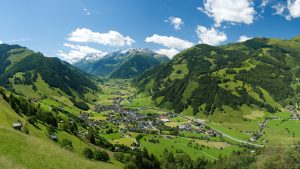 Raurisertal.at
Raurisertal.at
RAURIS
Although there are numerous Almabtrieb celebrations throughout Austria (see additional recommendations below), we chose Rauris in the province of Salzburgerland for two simple reasons — the location is absolutely beautiful and frankly, it is a place that time completely forgot. At the base of a mountain, the small town and its accompanying Alpine scenery is straight out of the Sound of Music.
We stayed in a lovely apartment in Haus Obergratschberg, situated in the alpine hills of the village of Rauris within the confines of the Hohe Tauren National Park. Though not a lavish stay in any sense, the personal touch of the house-Frau far outweighed the simplicity of the rooms at Haus Obergratschberg. The property was simple, impeccable, and comfortable. The Haus Frau not only delivered a bottle of local homemade cherry liquor once she found out it was my birthday, but she went out of her way to chat with us and give us local advice on the best time to see the cows parade into the village.
Arriving a day early, we enjoyed delicious meals at both the Gasthof Andrelwirt and Landgasthaus Weixen which both provided tasty and affordable meals. Our stop at the Gasthof Andrelwirt (which is also a guest house) was particularly delightful. We enjoyed some coffee and warm fresh homemade apple strudel with vanilla ice cream at an outside table overlooking a stone bridge and mountain-fed creek. At dusk, we ate dinner at the Langasthaus Weixen which was located along a lake within driving distance. A favorite with the locals, Langasthaus required reservations.
On the festival day of Almabtrieb, the town center was buzzing with activity including vendors with Tyrollean cuisine, beer, and wine. A concert stage in the town square featured traditional Bavarian dancing and music. In fact, our entire family has a whole new appreciation for yodeling and woodcutting. A warm-up act to the cattle drive, farmers and young children paraded down the main street cracking their bullwhips in unison. There was also a parade of ancient tractors and farm equipment. Naturally, the Almabtrieb main attraction is the cows strolling through town encouraged by stumbling shepherds (who are sharing home-made schnapps with onlookers from the bottle).
Covering three provinces of Austria, the majestic Hohe Tauern National Park is an absolute gem covering 690 square miles of mountain area and valley and villages in between. It is impossible to describe the magic of the rolling hills and beautiful valleys. To say this is a dreamland for cows (and people) is an understatement. Not only are these Alpine bovines fortunate to graze the pastures of Austria’s largest national park with amazing views, but the welcome party they receive on their way down from the mountain pastures for Almabtrieb makes me consider transforming into a grazing cow for the month of September!
PRO TIPS FOR ALMABTRIEB – RAURIS, SALZBURGER LAND
PRO TIP 1 — VERY IMPORTANT. GETTING THE BEST VIEW – Prior to the cattle drive, we recommend staying in the town center to take in the local culture and participate in the festivities. Since everyone congregates in the town square, securing a table with your food and drink already in hand is essential. Viewing the Almabtrieb from the town center can be quite difficult as the crowd can be 8-10 people deep against the metal barrier. We recommend enjoying the festivities in the town center until the cattle drive begins, then gradually making your way on foot along the parade route with the cows towards the car parking (which is where the parade ends). In this way, you can get unobstructed views of the cows in full regalia as they pass. Since the safety barriers were only in the town center (because of the crowds), our son was able to join the cows along the parade route and made excellent use of his camera.
PRO TIP 2. The party starts around 10:00 a.m. However, the cows don’t make their appearance until later in the day.
PRO TIP 3. Rauris was within easy walking distance from Haus Obergratschberg. For the Almabtrieb celebration, the entire town of Rauris is turned into a pedestrian traffic zone. We recommend parking a vehicle in one of the many lots on the southern outskirts of the village and then walking to the town square. Metal safety barriers line the parade route (as protection from the wandering bovines).
BEST ALMABTRIEB FESTIVALS IN AUSTRIA
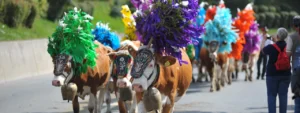 tyrol.com
tyrol.com
Looking for the best Almabtrieb festivals in Austria? We culled through numerous German language websites and spoke with locals to identify the following six Almabtrieb festivals that you must experience. Click on the links below for more details.
TRADITIONAL FESTIVAL IN BRIXENTAL. Hundreds of cattle march through the village center of Kelchsau where they are received with music and applause. Many of them continue on their journey to their home farms in Hopfgarten and Itter.
THE COWS COME HOME IN KUFSTEIN. Celebrations of the Kufstein cattle returning home take place in the upper town square where a thigh-slapping folk music festival gives the cows a warm welcome.
MAYRHOFEN CATTLE DRIVE. This spectacular cattle drive is something to party about. Throughout the day, live music entertains the guests while they feast on local produce all while waiting for the decorated cows to parade through the festivities.
ALPBACHTEL VALLEY. The cattle drive in Reith in the Alpbachtal Valley is the high point of the year in this idyllic Tirolean village. The end of the summer grazing season is celebrated with a large parish festival. Visitors can look forward to a farmer’s market with regional delicacies such as bacon and homemade bread. A craft market and live music add to the fun.
KÖSSEN CATTLE DRIVE. A unique atmosphere, colorfully decorated animals with clanging cowbells are herded through the village of Kössen during this annual cattle drive. A historical parade, traditional farming delicacies, and homemade schnapps make this charming festival one to visit.
TANNHEIM CATTLE DRIVE. The Tannheim cattle drive is one of the most magnificent in all of Tirol. Up to 700 cows and young animals return from the high alpine grazing meadows. In addition to their large bells, the cows are adorned with colorful garlands of flowers and ribbons. Over a three day period, shepherds and their cattle will descend 1,000 meters (3280 feet) to the village and the party that awaits.
NEAR THIS PLACE
WILDKOGEL RODELBAHN. Race with your family and friends down the world’s longest illuminated toboggan run at the WildKogel Rodelbahn in Neukirhen-Bramberg.
SCENIC DRIVE IN AUSTRIA. Rolling hills, blissful meadows, and majestic mountain views make this gorgeous scenic drive in the Mostviertal region of Lower Austria an absolute must.
TRAVEL GUIDE | RETZ UNDERGROUND WINE CELLARS. Retz has a beautiful medieval square and the largest and most extensive system of underground wine cellars in Central Europe.
PANNING FOR GOLD. A fabulous family-friendly activity, Rauris is well known for its gold mines. Yep, that’s right, there’s gold in those hills! At its height, around 10% of world gold production was focused on the Rauris and neighboring Gastein Valleys of SalzburgerLand. It is estimated that 120 tons of this precious metal are still deposited in the region. There are two gold panning operations worth checking out.
BODENHAUS GOLD PANNING. Kolmstrasse 6, 5661 Rauris, Österreich; Tel.: +43 6544 200 22.
HEIMALM GOLD PANNING. Gstatterweg 35, 5661 Rauris, Österreich; Tel.: +43 6544 6334.
BEST PLACES TO STAY
HOTEL ALPINA. Minutes away from the Kreuzboden ski lift, toboggan run, hiking trails, and Rauris town center. Balconies, indoor and outdoor pools, sauna, and gym. Free ski bus, WiFi, and mountain bike rentals (in summer). ADDRESS: Marktstrasse 4, 5661 Rauris, Austria.
RAURISERHOF. Minutes away from the Kreuzboden ski lift, toboggan run, hiking trails, and Rauris town center. Balconies, Tennis court, spa facilities, gym, and indoor pool. Free parking and wired internet access. ADDRESS: Marktstraße 6, 5661 Rauris, Austria.
HOTEL SONNHOF RAURIS. 10-minute walk to the Hochalmbahn Cable Car and near hiking trails. Indoor pool, sauna, and squash court. ADDRESS: Sonnblickweg 17, 5661 Rauris, Austria.
HAUS OBERGRATSCHBERG. A lovely Gasthaus with incredible views of the Alps and Rauris Valley. Quaint, super clean, incredible hospitality, reasonably priced, and great for families. Skiing and hiking nearby. For reservations: (+43) 6544 7424; POC: Renate und Anton Riess. ADDRESS: Oberer Sonnbergweg 11, AT-5661, Rauris-Wörth, Austria.
RESOURCES
![]()




